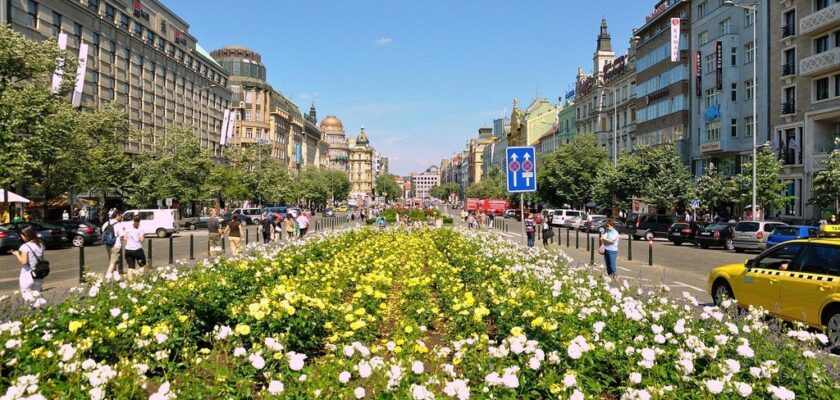Nové Město neighborhood
Nové Město is one of the historical districts of Prague, founded in 1348 by the Holy Roman Emperor and Czech King Charles IV on the site of older settlements.
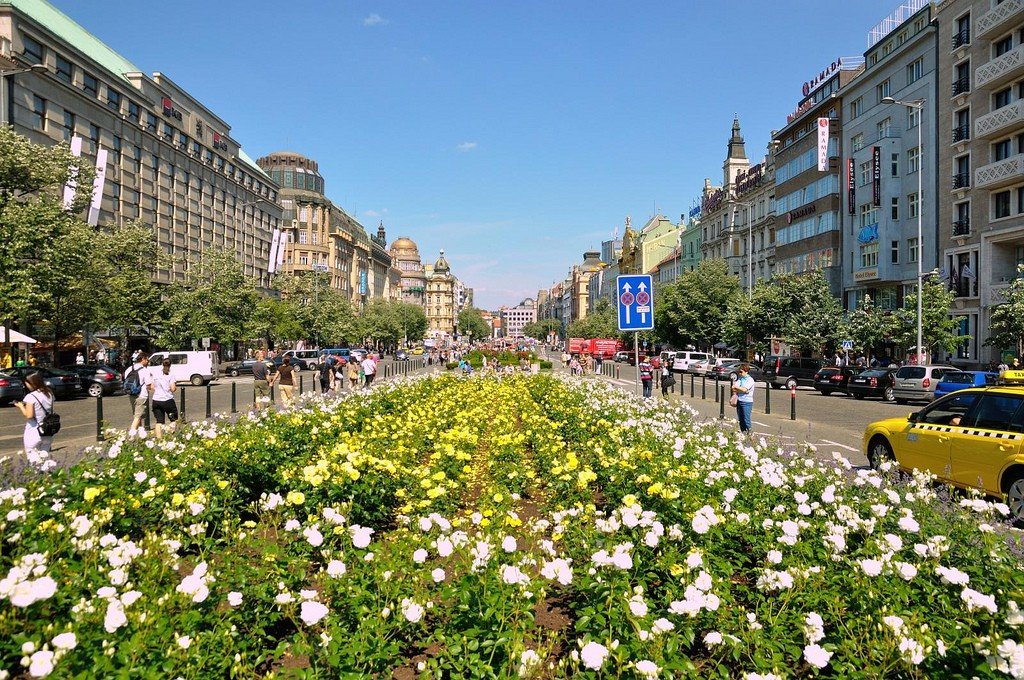
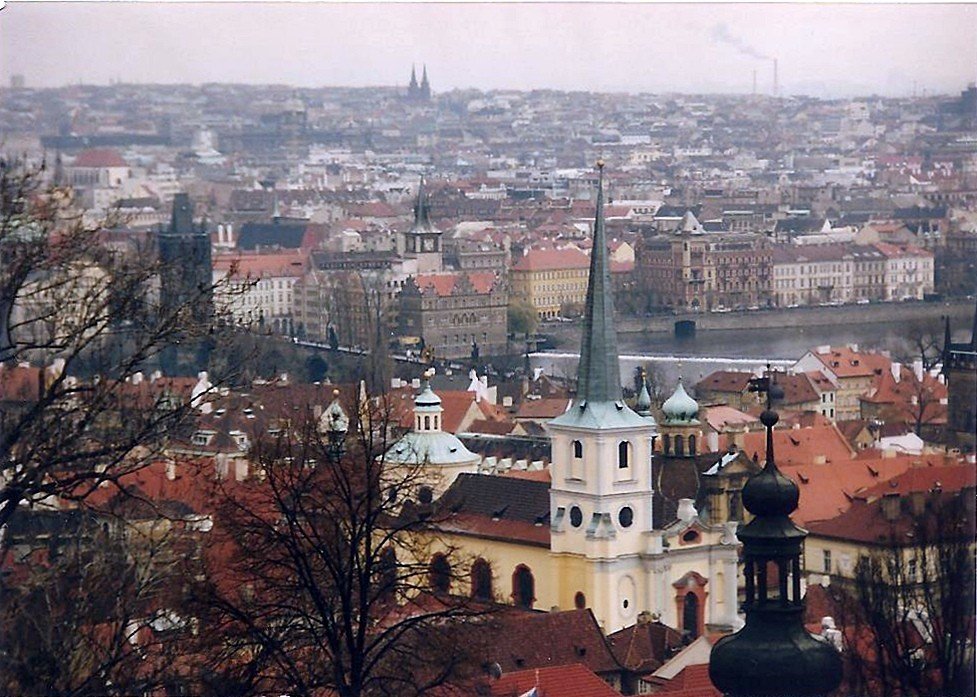
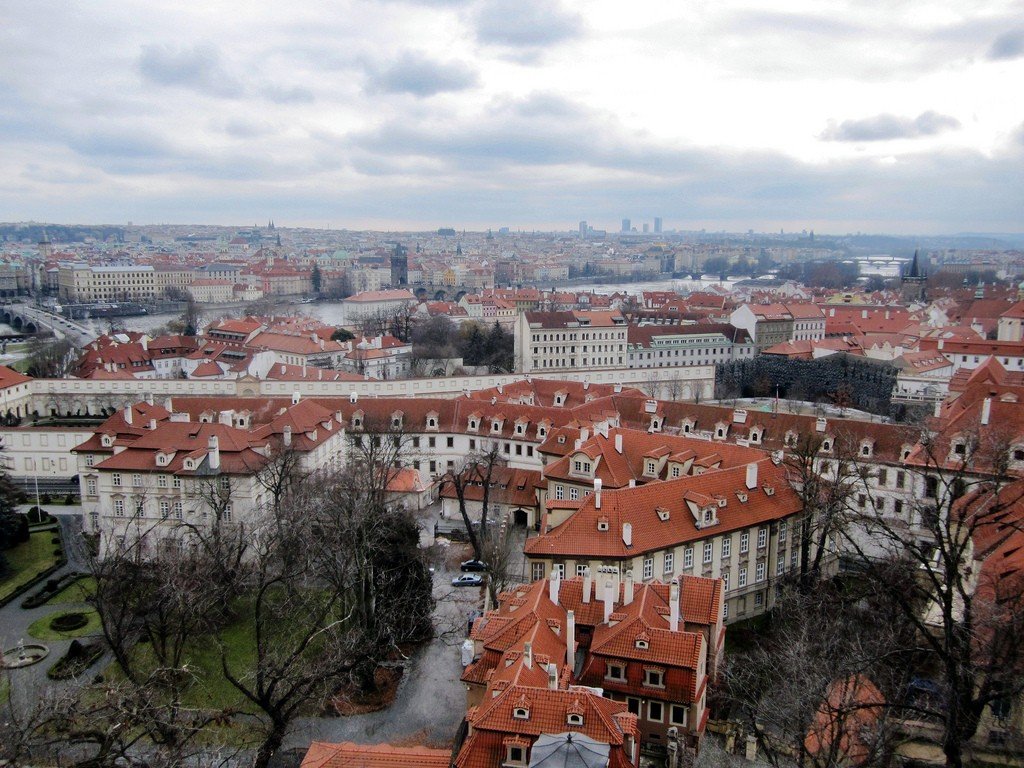
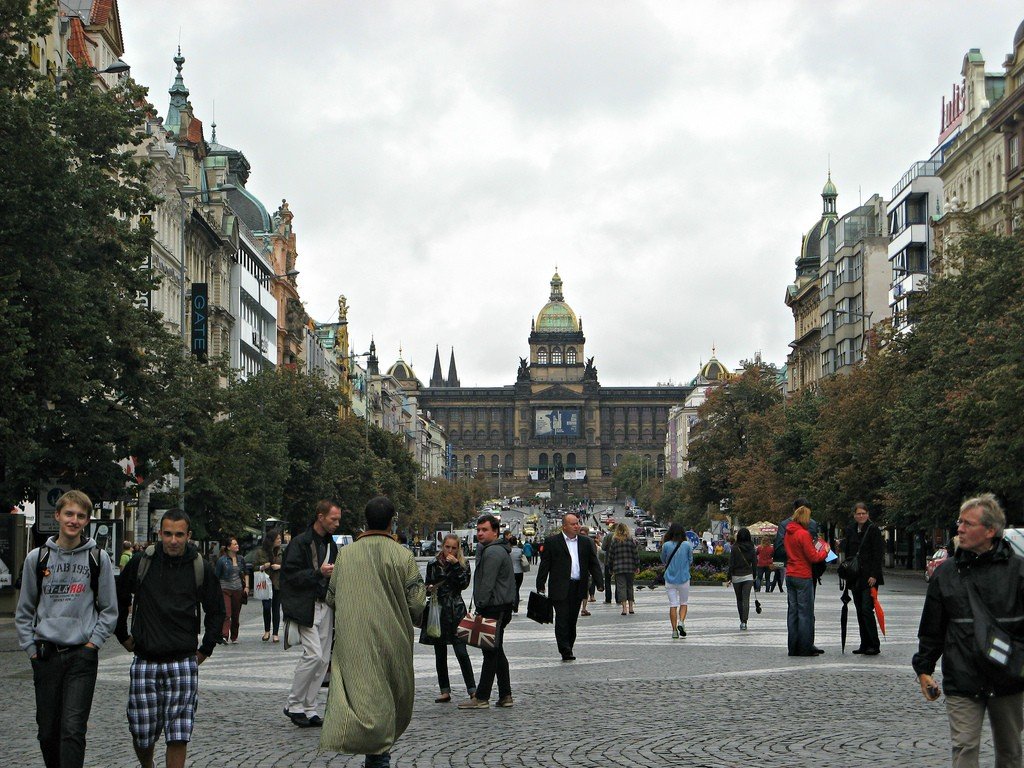
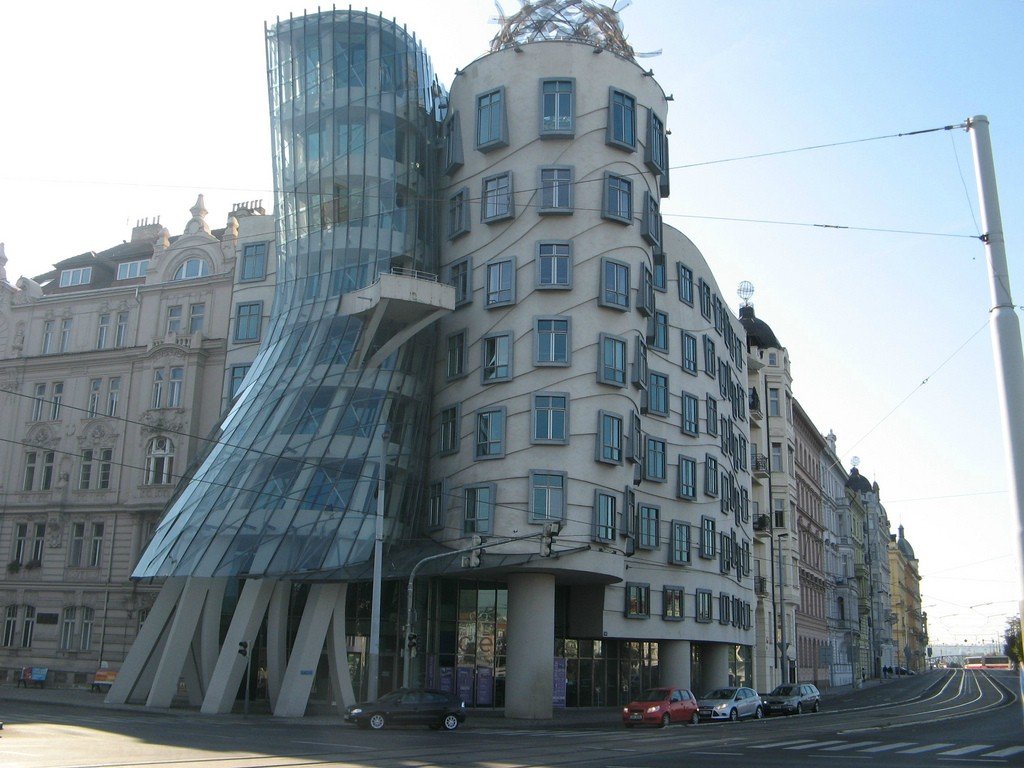
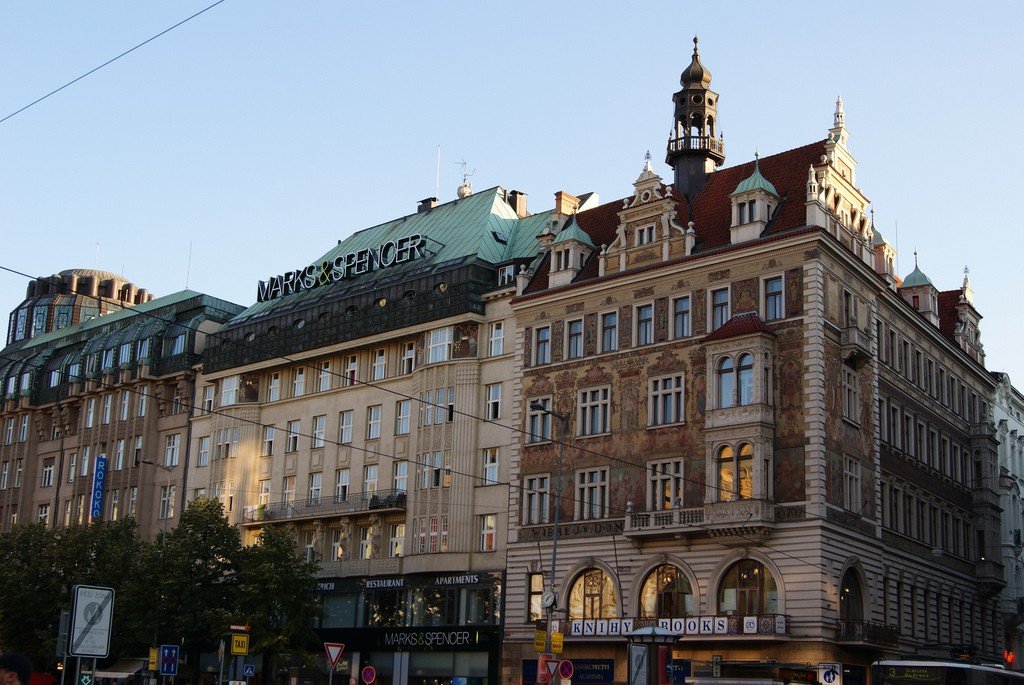
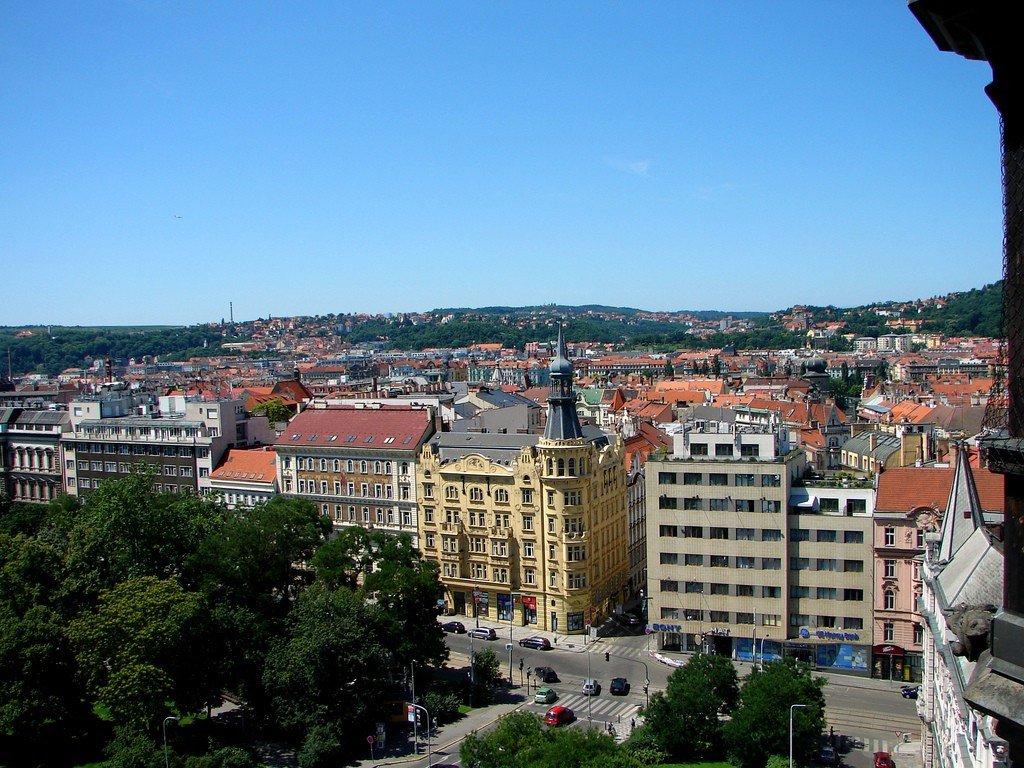
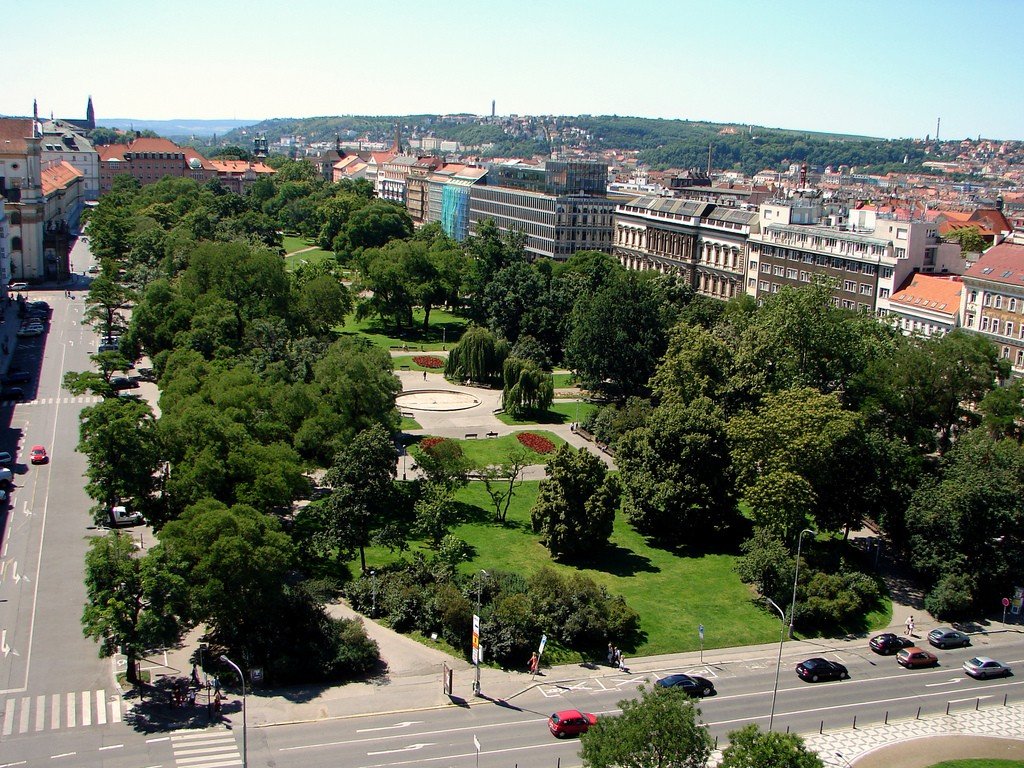
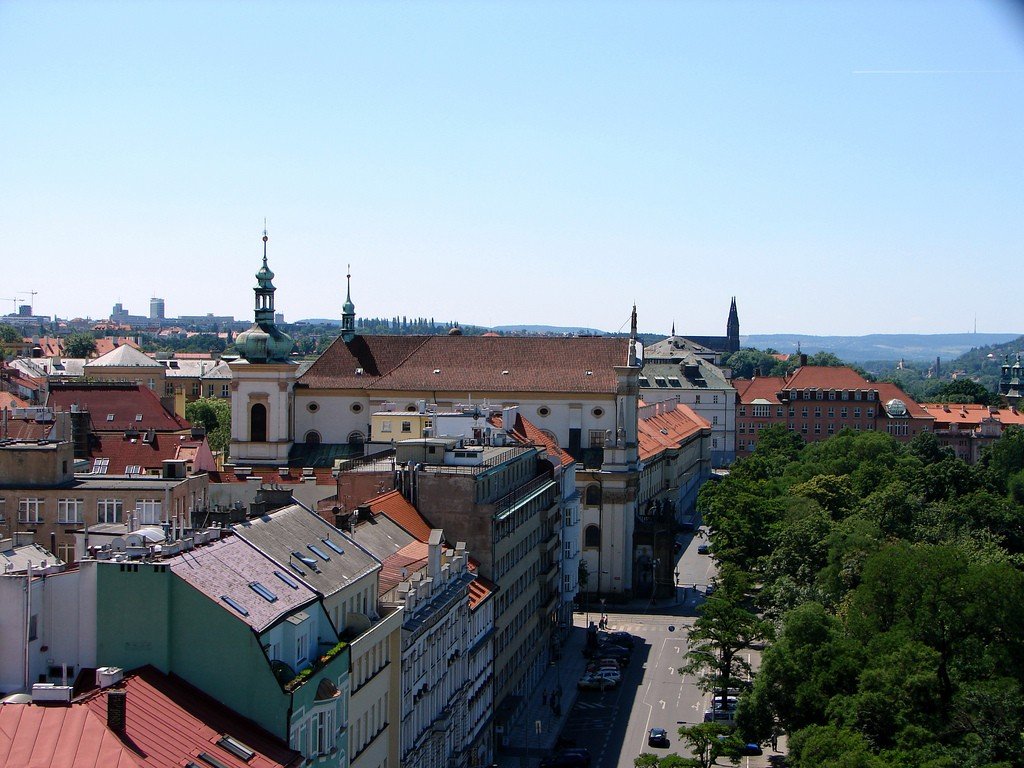
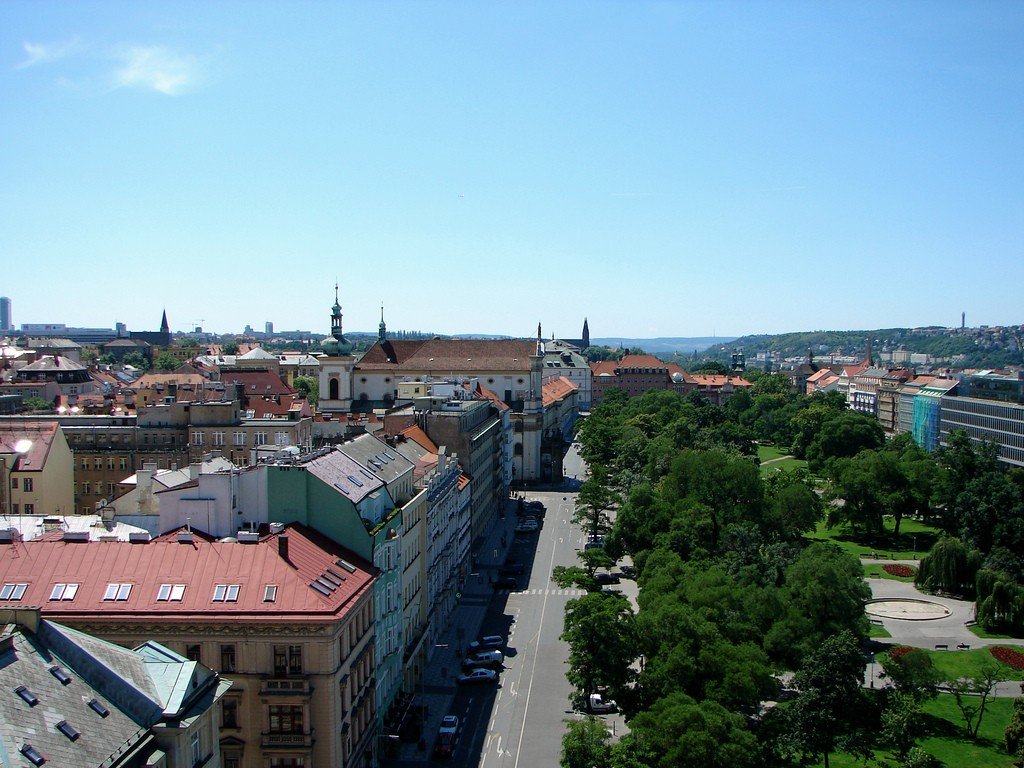
History
According to legend, Charles IV learned from astrologers of an impending danger – that the Prague settlements of Mala Strana and Stare Mesto were in danger of being destroyed by fire and water. In order to change the fate and thus prevent the disaster, that Charles IV ordered the construction of Nove Mesto, which would connect the Old Town and the fortress Vysehrad, as well as contribute to increasing the prestige of Prague.
At the same time, it is known about the intention of Charles IV to make Prague the permanent residence of the Holy Roman Emperors. This was probably the reason for the large-scale urban planning works carried out in Prague during his reign. An interesting fact: the layout of the streets of Nove Mesta in the middle of the 14th century provided for their width from 23 to 27 meters, while the width of the largest streets of Paris and Cologne did not always exceed 10 meters.
.
The construction of the city began in March 1348. To encourage people to move from other Prague cities to the new one, Charles IV abolished taxes for 12 years. In addition, the emperor ordered each settler to build a house on a selected plot of land. Craftsmen – blacksmiths, tinsmiths, etc. – were relocated to Nové Město. Three market squares – Sennaya, Konsky and Skotny markets – became the basis of Nové Město. The first houses were erected near them.
.Attractions
The luxurious building of the National Museum stands at the beginning of Wenceslas Square. The museum’s collections and its interiors are impressive.
>
The National Theater on Masarykovo nabr. is one of the symbols of Prague. It was opened in 1883. The National Theatre became the center of the cultural life of the country. Russian theaters also came here on tour. Peter Ilyich Tchaikovsky, the troupe of the Alexandrinsky Theater and the Moscow Art Theater under the direction of Stanislavsky and Nemirovich-Danchenko were solemnly received in the walls of the theater.
.The Rudolfinum is another symbol of Czech national revival, along with the National Museum and the theater. This austere neo-Renaissance building was the seat of the Czechoslovak parliament from 1918 to 1938, and now houses a concert hall and an art gallery.
.
Adria Palace, commissioned by an Italian insurance company, is somewhat reminiscent of Renaissance Venetian palaces. The building is adorned with stone ornaments and the sculptural group “Seafaring.”
Café Louvre on Narodní avenue (Národní tř. 20) is a legendary Prague café, which was one of the centers of German Prague in the early 20th century. Writers and poets, artists and philosophers spent their evenings here.
The Dancing House (1992-1996) is the most interesting architectural structure in Prague. According to one version, the building is dedicated to dancers Fred Astaire and his partner Ginger Rogers (stars of Hollywood musicals of the 30s). Indeed, the part of the house facing the river resembles a man’s cylinder, and the glass half of the house is a silhouette of a woman in a fluttering dress. The house houses the office of a Dutch insurance company, which was the client of the construction. Under the Jiráskov Bridge near the Dancing House, the citizens of Prague like to feed the swans. We advise you to follow their example here or downstream after Palacký Bridge. The swans, as well as numerous ducks, are completely tame and amusingly beg for treats.
.
The Church of St. Cyril and Methodius is the main Orthodox church in Prague. In the church there is a small museum dedicated to the history of Czech parachutists who in 1942 made an assassination attempt on R. Heydrich and tried to hide in this temple from persecution.
.
Charles Square – this largest square in Prague, laid out in 1348 by Charles IV, resembles a park. On the north side of the square is the Novoměstská Town Hall, built under Charles IV and completely rebuilt in 1905. At the entrance to the town hall, the Czech cubit, an ancient measure of length, is attached to the wall. The Faust House, a beautiful pink-colored building, closes the square from the south. According to legend, Dr. Faustus himself lived in this house, carried away by Mephistopheles through a hole in the roof.
.
Church of St. Jan on Skalc. As the name suggests, the church is located on a rocky elevation and can be reached by stairs. The fresco inside the church depicts the ascension of St. John of Nepomuk, the most revered saint in Prague. A statue of the saint, a copy of which is located on Charles Bridge, adorns the altar.
.The Emauzy Monastery was founded by Charles IV in 1347. The monastery church is known for its frescoes from 1372 and is used as an exhibition hall. The monastery was badly damaged during the Allied bombing on February 14, 1945, when American planes mistakenly attacked Prague instead of Dresden, and was rebuilt in the 1960s.
.
One of the streets of Nove mesto Ke Karlovu (Ke Karlovu) is home to two interesting museums: the Museum of composer Antonín Dvořák and the Czech Police Museum, located in the St. Augustine’s Karlov Monastery. The main church of the monastery is dedicated to the Virgin Mary and St. Charlemagne. It was intended that the church would become the most important temple in Prague. Three teeth of St. Charles were placed in the altar at the behest of Charles IV, and the cathedral itself was built in imitation of the coronation chapel in the cathedral of Aachen. The rich decoration of the temple has not survived.
.